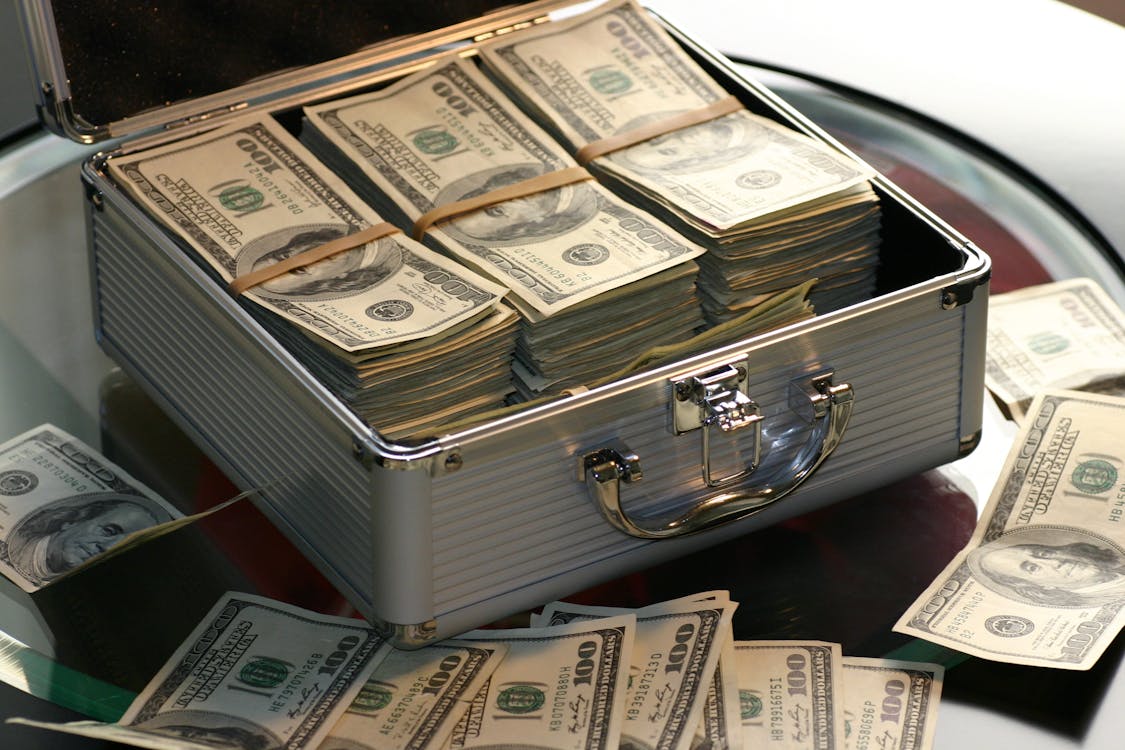
In the midst of market downturns, there's always a huge push for central banks to cut interest rates. Today we'll break down how interest rates work and their impact on the economy.
Banks Borrowing From Banks
It seems like rival banks are always taking jabs at each other. Trying to lure away customers and gain market share. Despite their competitive nature, there's a fair amount of collaboration that happens in the background.
Collectively banks play a vital role in supporting our financial system. Confidence in banking is good for everyone. A lack of confidence can spell trouble for all.
Liquidity risk is something all banks face. The need for cash can vary wildly from day-to-day. Having more business than expected can leave you with a shortage, having less can leave you with a surplus.
To balance out the money supply, banks lend and borrow from each other. Those with shortages borrowing from those with surpluses.
The Overnight Market And Overnight Rate
When banks borrow from each other, they do so in the overnight market. The name stems from their super-short loan periods. Loans usually happen at the start of a business day and are repaid before the start of the next business day (hence, overnight).
These loans are made at the aptly named overnight rate, the lowest rate a bank can lend money for. This rate is set by central banks. In the US, it's officially referred to as the federal funds rate, and in Canada, the policy interest rate.
How Do These Rates Impact The Economy?
The higher the rate, the harder it is to borrow money, money becomes expensive. With high rates, banks borrow less and have less cash on hand. The scarcity prompts banks to charge more for loans. Mortgages, credit cards and car loans all get pricier. Consumers faced with higher costs will typically borrow and spend less.
Scarcity also incentivize banks to pay more for deposits. Meaning higher interest rates on savings accounts, encouraging more saving and less spending.
On the other hand, lower interest rates means cheap money. Banks will borrow more and have a larger cash supply. This abundance means they're willing to charge less for loans, encouraging consumers to borrow and spend more.
The surplus of cash also mean banks are willing to pay less for deposits. Leading to lower interest rates on savings accounts, encouraging less saving and even more spending.
Conclusion
Lower rates encourage spending and help give a boost to the economy in times of need, but this should be done with caution. Keeping rates too low for too long can be dangerous. Low rates mean cheap money and cheap money means inflation. Letting inflation get out of control will destroy a currency's purchasing power and integrity.
Cheap money also encourages risky behaviour. With a low cost of borrowing, people are willing to take more chances, such as using leverage for risky investments. A high level of risk is unsustainable, eventually a price will need to be paid.
Like everything else, when it comes to setting interest rates, balance is key.

Comments
Post a Comment